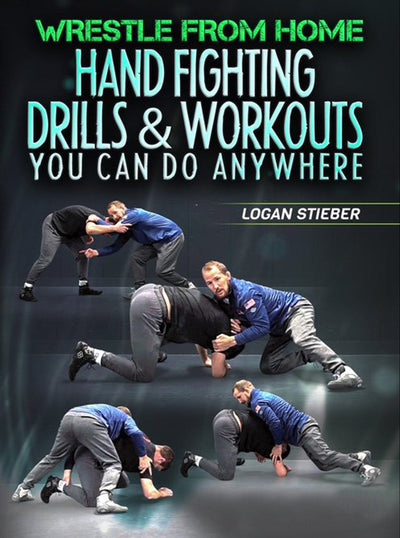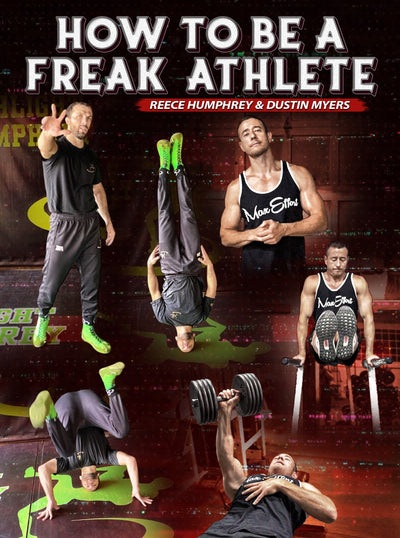Learn the Drop Cradle with Ed Ruth
Pinning your opponent in wrestling is the icing on the cake after a hard-fought match. You’ve spent precious time trying to bring them down, wear them out with riding, and finally, after working so hard, you can finish them. The question is...what do you pin them with?
Do you go for a basic wrist and half? Do you go for a double chicken wing? Or would you rather go for something that controls your opponent from top to bottom?
If you’re looking for a pinning hold that works better than controlling the top half of your opponent’s body, look no further than the cradle series. In the video below, 3-Time NCAA Champion Ed Ruth details the finer points of the drop cradle he used effectively during his tenure at Penn State.
The Set-Up
Ed demonstrates the drop cradle from two distinct positions: when your opponent has one knee up and when your opponent is standing. The commonality between the two is his initial arm placement. Ed starts by bringing his left arm over his opponent’s left arm and grabbing just above their right elbow on the triceps for the crossface. Grabbing the far arm isn’t enough, as he pulls the arm in tight and down, twisting the opponent’s midsection and prompting them to bring a leg up.
Ready to turn into a CRADLE MACHINE! Click Learn More!
If the opponent stays in bottom position with their leg up, you can do what Ed does: bring your knee closest to the trapped arm (in this case, his right knee) between the space created by your opponent and roll over your shoulder. Doing so will bring your opponent along with you and allow you to connect arms for the finish. It also fixes one of the most common mistakes when attempting a cradle: bringing the knee to the head rather than vice-versa. Your opponent’s leg muscles are much stronger than your arm muscles, so it makes more anatomical sense for you to bring their head (supported by their neck muscles and upper lats) to their knee.
If your opponent stands straight up while you are working on the cradle, do not worry. Make sure your opponent does not get hip separation and keep their back hunched over. Ed adds some finesse to his cradle by attaching himself directly onto his opponent’s back as they are standing (similar to a crab ride). He keeps the far arm trapped with the crossface and slowly descends down his opponent for the finish.
The Finish
While Ed explains the set-up in great detail, there are a few portions of the finish to discuss. After hitting the roll, Ed keeps the arm trapped and brings his other arm over to connect by the wrist. This keeps your opponent off-centered in their upper body and prevents any mishaps from breaking the grip. He keeps his opponent elevated on their shoulders by using his drop knee to prop their hips up and his other knee resting on their lower back. That reduces the surface area your opponent has to work with while making the lock tighter. Ed’s hips are also close to his opponent, not far out to where he has to rely solely on his arms. Staying connected to your opponent minimizes the space they have to work and allows for easy transitions should the lock be broken.

If the purpose behind wrestling is to pin your opponent, then you need the right tools for the job. Stop relying on pins that only focus on the upper body and start relying on cradles that negate everything. Ed Ruth’s drop cradle does just that while adding an extra “picture perfect” element to please the crowd and your team.









